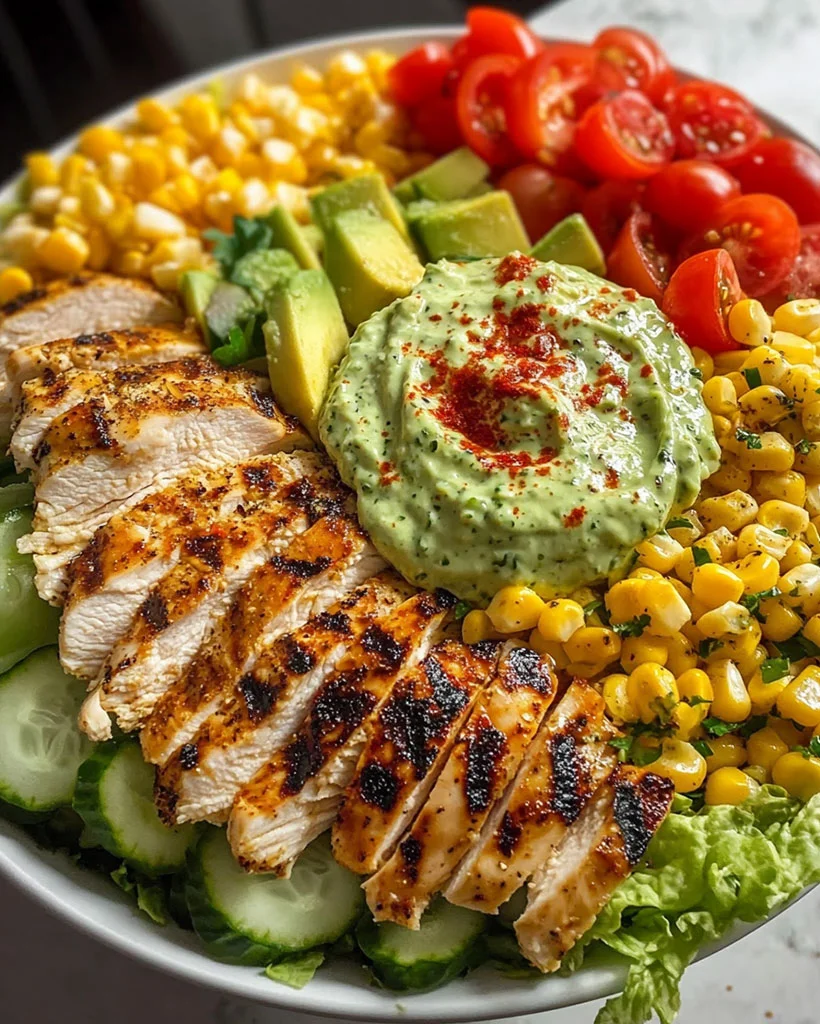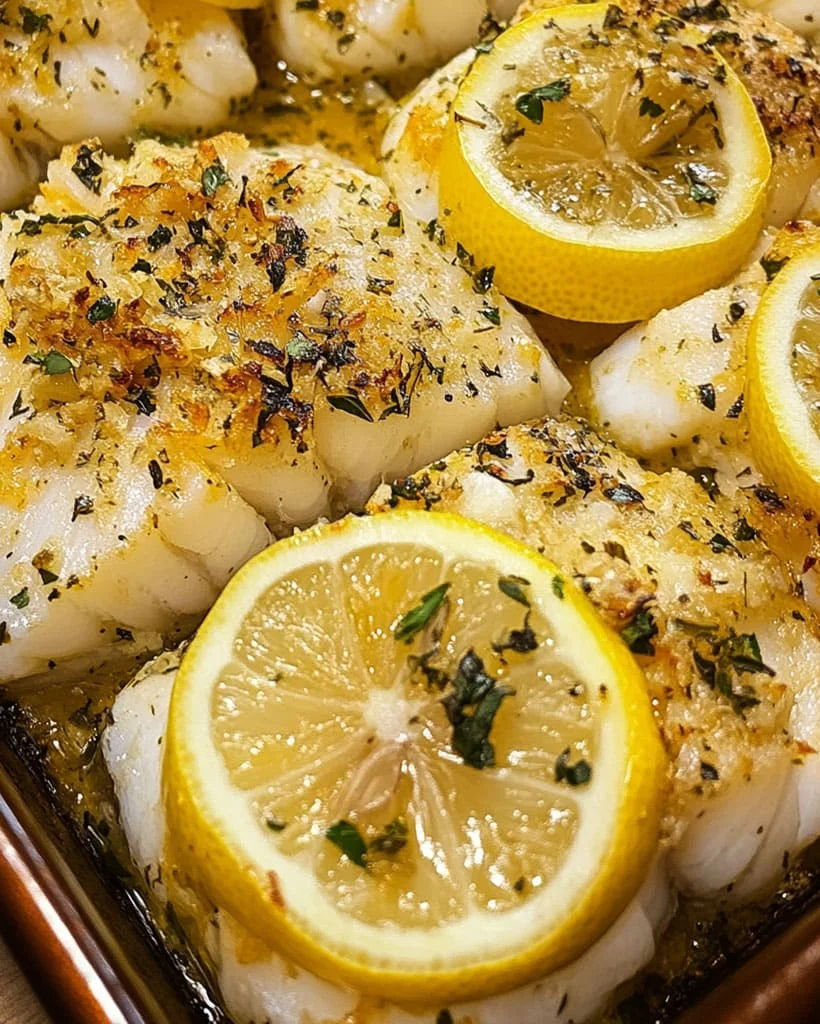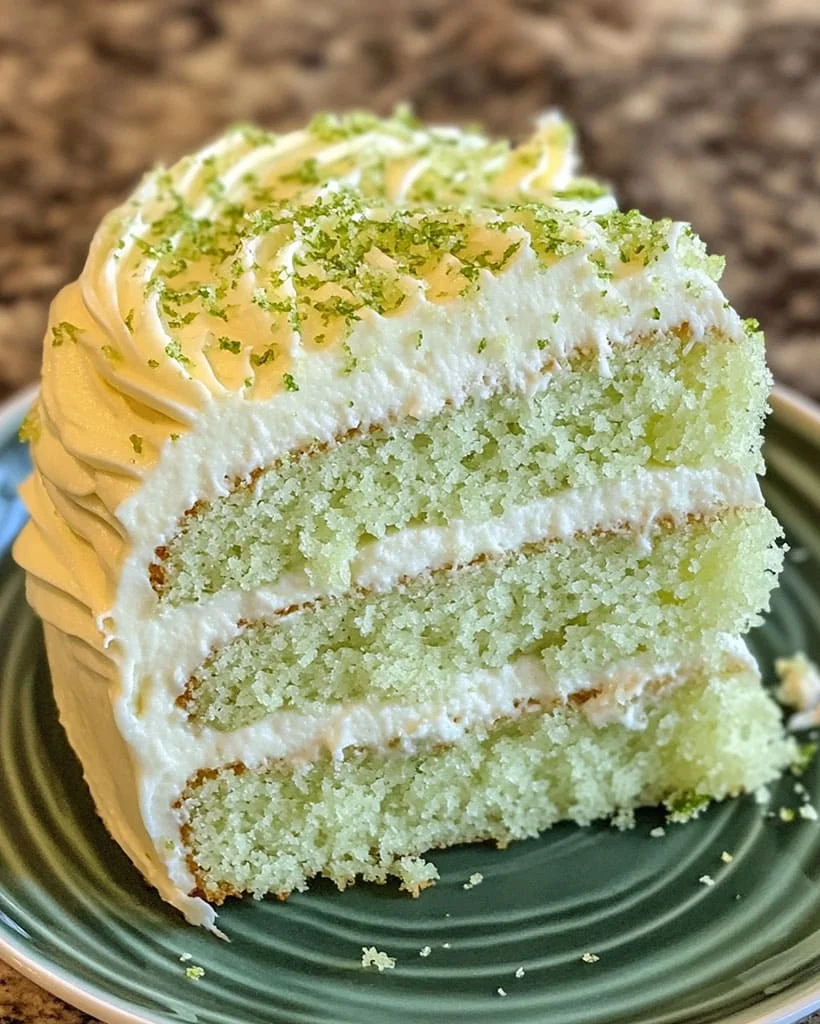Welcome to this delicious and easy-to-follow recipe for Turkish Eggs (Cilbir), an authentic and flavorful breakfast that will brighten your mornings. Whether you’re a seasoned chef or a home cook, this dish is simple yet packed with rich flavors that combine yogurt, poached eggs, and spiced butter to create a truly memorable experience. In this article, we’ll guide you through every step to ensure you enjoy a delightful and hassle-free cooking experience with Turkish Eggs.
Introduction to Turkish Eggs (Cilbir)
Cilbir, also known as Turkish Eggs, is a traditional dish that dates back to the Ottoman Empire. A perfect blend of creamy yogurt, poached eggs, and spicy butter sauce, this meal offers a balanced flavor profile that will leave you wanting more. Turkish Eggs are a comforting and healthy meal, ideal for a quick brunch or breakfast, thanks to the simplicity of the ingredients and preparation method. If you love experimenting with Middle Eastern flavors or simply crave a wholesome breakfast, this Cilbir recipe is a must-try.
For those interested in learning more about the rich history of Turkish cuisine, you can explore this guide to traditional Middle Eastern breakfast dishes.
Ingredients for Turkish Eggs (Cilbir)
Here’s a list of the ingredients you will need to create Turkish Eggs at home. These ingredients are easy to find in most grocery stores, and there are substitutions available for those with dietary restrictions.
- 1 cup yogurt (preferably Turkish or Greek yogurt)
- A handful of fresh dill (finely chopped)
- A handful of fresh mint leaves (finely chopped)
- ½ garlic clove (crushed or grated)
- 2 eggs (for poaching)
- 1 tablespoon vinegar (to help the poaching process)
- 2 oz butter (around 55g)
- 1 teaspoon chili flakes (adjust for heat preference)
- ½ teaspoon smoked paprika (for added flavor)
- Salt and pepper to taste
Optional Substitutions:
- For a dairy-free option, replace the yogurt with coconut yogurt.
- Swap the chili flakes for sweet paprika for a milder version.
- If you prefer a different herb profile, basil can substitute for mint.
How to Make Turkish Eggs (Cilbir) – Step by Step
Making Turkish Eggs is simple, and with these easy-to-follow instructions, you’ll have a delicious meal ready in no time.
Step 1: Prepare the Yogurt Mix
In a bowl, combine the yogurt with finely chopped dill, mint, and garlic. Season the mixture with salt and pepper to taste. Set aside to allow the flavors to blend while you prepare the rest of the dish.
Step 2: Poach the Eggs
Fill a pot with water and bring it to a boil. Add 1 tablespoon of vinegar to help the eggs hold their shape. Create a gentle vortex in the water by stirring, and carefully drop each cracked egg into the center. Cook each egg for about 3 minutes to get that perfect, runny yolk. Remove with a slotted spoon and set aside.
Step 3: Make the Spiced Butter Sauce
In a small pan, melt the butter over medium heat. Once the butter begins to foam, add chili flakes and smoked paprika. Stir until the spices are well combined, and remove from heat.
Step 4: Assemble the Dish
Spread a thick layer of the prepared yogurt mixture onto a serving plate or individual bowls. Gently place the poached eggs on top of the yogurt. Drizzle the spiced butter sauce over the eggs and yogurt. Garnish with extra mint, dill, and a sprinkle of black pepper.
For more tips on poaching eggs like a pro, check out this guide to mastering poached eggs.
Helpful Tips for Turkish Eggs (Cilbir)
Here are some additional suggestions to ensure your Cilbir turns out perfectly:
- Garlic Tip: The garlic can easily overpower the yogurt, so start with just half of a garlic clove. Taste and adjust as needed.
- Use Fresh Eggs: Fresh eggs hold their shape better when poached, ensuring a beautiful presentation.
- Chili Substitution: If you prefer less heat, you can substitute chili flakes with sweet paprika or reduce the amount used.
Cooking Tips for the Best Turkish Eggs
To elevate your Turkish Eggs, follow these simple cooking tips:
- Poaching Technique: To avoid overcooking the yolk, aim for a poaching time of no more than 3 minutes.
- Yogurt Consistency: Use full-fat Greek or Turkish yogurt for a creamier texture. If the yogurt is too thick, you can thin it with a tablespoon of water.
- Butter Sauce: Don’t let the butter burn. Remove it from heat as soon as it starts to foam and turn golden brown.
Serving Suggestions for Turkish Eggs (Cilbir)
Cilbir is often served with freshly toasted bread or pita to soak up the flavorful yogurt and butter sauce. A side salad with cucumber and tomatoes complements the richness of the eggs, providing a refreshing balance. You can also pair this dish with a cup of Turkish tea or fresh-squeezed orange juice for a complete brunch experience.
Nutritional Information for Turkish Eggs (Cilbir)
Turkish Eggs (Cilbir) are not only delicious but also nutritious. Here’s a brief overview of the health benefits:
- Protein: Eggs are a great source of high-quality protein.
- Healthy Fats: The yogurt and butter provide healthy fats that are essential for energy.
- Herbs: Dill and mint add a refreshing flavor and are rich in antioxidants.
Nutritional Information (per serving):
- Calories: 133 kcal
- Protein: 7g
- Fat: 10g
- Carbohydrates: 5g
- Fiber: 0.2g
- Sugar: 3g
Storage and Leftovers for Turkish Eggs (Cilbir)
Cilbir is best served fresh, but if you have leftovers, store the yogurt and eggs separately in airtight containers. The yogurt mixture will stay fresh for up to 3 days in the fridge. To reheat the eggs, you can gently warm them in simmering water for 1-2 minutes. Avoid reheating the eggs in the microwave to prevent overcooking.
Frequently Asked Questions (FAQs) for Turkish Eggs (Cilbir)
- Can I make Turkish Eggs without butter? Yes! You can replace the butter with olive oil for a lighter version of this dish.
- How do I prevent my poached eggs from spreading in the water? Adding vinegar to the boiling water helps the egg whites coagulate faster, keeping the eggs intact.
- Can I use non-dairy yogurt for this recipe? Absolutely! Coconut or almond yogurt makes a great substitute for those who are lactose intolerant.
- What should I serve with Turkish Eggs? Turkish Eggs pair wonderfully with fresh bread, a light cucumber salad, or roasted vegetables.
Related Recipes for Turkish Food Lovers
If you enjoyed this Cilbir recipe, you might also love these recipes from our friends at Optimal Recipes:
- Ultimate Cowboy Casserole Cornbread – A Hearty Meal
- Sausage Balls Recipe with Red Lobster Mix – Easy & Tasty
Conclusion
Now that you’ve learned how to make Turkish Eggs (Cilbir), it’s time to try this dish for yourself! We hope you enjoy the rich flavors and satisfying textures of this traditional Turkish recipe. Don’t forget to share your experience in the comments or tweak the recipe to match your personal preferences. Turkish Eggs are versatile, and we’d love to hear how you make them your own!
Print
Turkish Eggs (Cilbir) Recipe – Easy & Delicious Brunch Dish
Description
Welcome to this delicious and easy-to-follow recipe for Turkish Eggs (Cilbir), an authentic and flavorful breakfast that will brighten your mornings. Whether you’re a seasoned chef or a home cook, this dish is simple yet packed with rich flavors that combine yogurt, poached eggs, and spiced butter to create a truly memorable experience. In this article, we’ll guide you through every step to ensure you enjoy a delightful and hassle-free cooking experience with Turkish Eggs.
Ingredients
- 1 cup yogurt (preferably Turkish or Greek yogurt)
- A handful of fresh dill (finely chopped)
- A handful of fresh mint leaves (finely chopped)
- ½ garlic clove (crushed or grated)
- 2 eggs (for poaching)
- 1 tablespoon vinegar (to help the poaching process)
- 2 oz butter (around 55g)
- 1 teaspoon chili flakes (adjust for heat preference)
- ½ teaspoon smoked paprika (for added flavor)
- Salt and pepper to taste
Optional Substitutions:
- For a dairy-free option, replace the yogurt with coconut yogurt.
- Swap the chili flakes for sweet paprika for a milder version.
- If you prefer a different herb profile, basil can substitute for mint.
Instructions
Step 1: Prepare the Yogurt Mix
In a bowl, combine the yogurt with finely chopped dill, mint, and garlic. Season the mixture with salt and pepper to taste. Set aside to allow the flavors to blend while you prepare the rest of the dish.
Step 2: Poach the Eggs
Fill a pot with water and bring it to a boil. Add 1 tablespoon of vinegar to help the eggs hold their shape. Create a gentle vortex in the water by stirring, and carefully drop each cracked egg into the center. Cook each egg for about 3 minutes to get that perfect, runny yolk. Remove with a slotted spoon and set aside.
Step 3: Make the Spiced Butter Sauce
In a small pan, melt the butter over medium heat. Once the butter begins to foam, add chili flakes and smoked paprika. Stir until the spices are well combined, and remove from heat.
Step 4: Assemble the Dish
Spread a thick layer of the prepared yogurt mixture onto a serving plate or individual bowls. Gently place the poached eggs on top of the yogurt. Drizzle the spiced butter sauce over the eggs and yogurt. Garnish with extra mint, dill, and a sprinkle of black pepper.
For more tips on poaching eggs like a pro, check out this guide to mastering poached eggs.
Equipment

2Pcs Heart Shape Cake Pans, Aluminum Heart Cake Mold, Reusable 10 inch
Buy Now →
Kids Chill Leak-Proof Lunch Box – Included Reusable Ice Pack Keeps Food Cold
Buy Now →Notes
- Garlic Tip: The garlic can easily overpower the yogurt, so start with just half of a garlic clove. Taste and adjust as needed.
- Use Fresh Eggs: Fresh eggs hold their shape better when poached, ensuring a beautiful presentation.
- Chili Substitution: If you prefer less heat, you can substitute chili flakes with sweet paprika or reduce the amount used.








